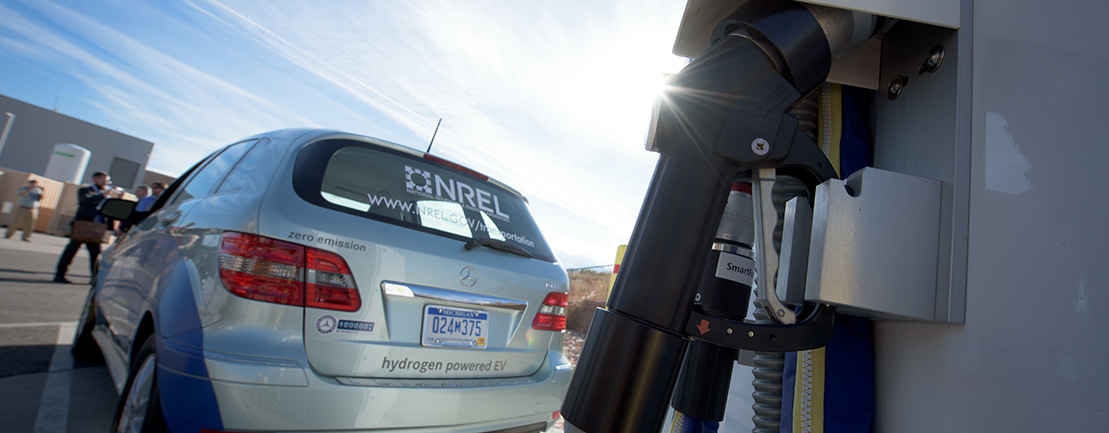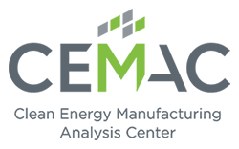Notes from the Fuel Cell Seminar and Energy Exposition 2015
December 23, 2015
Ahmad Mayyas, National Renewable Energy Laboratory

The annual Fuel Cell Seminar and Energy Exposition is one of the best places for hydrogen and fuel cell professionals to see and be seen. It is billed as the "foremost event for networking with industry representatives, current and potential customers, stakeholders and decision makers interested in the clean, reliable, resilient power potential of fuel cells." I attended the 2015 seminar to present CEMAC's work in manufacturing competitiveness of the hydrogen refueling stations.
Specifically, I shared our preliminary findings that the current capital cost for hydrogen refueling stations is still high, largely due to a lack of standardization and mass production. These costs also vary significantly by the station capacity and location. For example, the cost of a 700-100 kg/day hydrogen refueling station in Japan is about twice the cost of a similar station in Europe and USA, in part due to higher equipment costs. Future technology advancements and economies of scale will have great impact on the hydrogen refueling stations cost and hydrogen prices.
The seminar also provided me with the opportunity to discuss CEMAC's work with experts from Japan, Europe and United States, and to learn about developments in the hydrogen fueling station markets around the world. I learned about Japan's plan to install more than 500 hydrogen stations in the next 15 years, including 100 by spring 2016. To achieve that initial target, the Japanese government is subsidizing about 50% of the total equipment and installation costs for all new hydrogen stations, which should increase manufacturing production rates and potentially drive future costs down. Likewise, California is supporting the installation of new hydrogen stations as part of its zero-emission vehicles strategy.
CEMAC's analysis will look at who is competing to manufacture key components of the new hydrogen infrastructure, and how or if that market may change in coming years. I left the seminar feeling excited to be involved in the hydrogen energy economy now as the market is shifting into higher gear.

